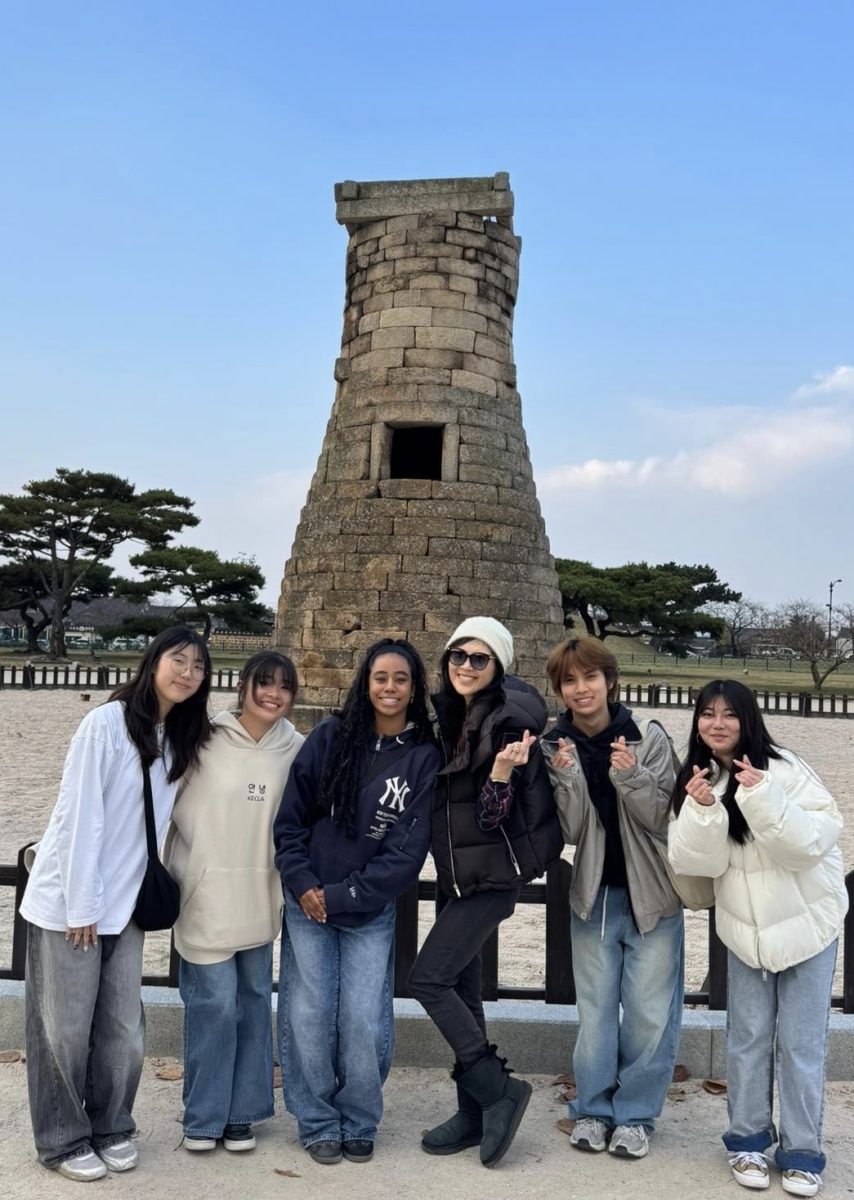Every year, West High’s National Honors Society (NHS) has organized a blood drive in partnership with UCLA Health, with members scrambling to get students to sign up and take the opportunity to be part of a charitable cause. Indeed, a statistic that is extensively used to encourage people to donate blood and members to help organize the event is that “one pint of blood can save three lives.” As it is regarded as an extremely significant NHS event, the blood drive always serves as the epitome of what this service organization stands for: giving back to those in need. Even with the challenges members have faced in helping individuals get their blood donated, as well as hesitancy from donors in support of this cause, everyone involved at this event agrees that it is for the better.
Informing potential donors of the positive impact they can make is an effective strategy NHS members have used to overcome one of the obstacles in organizing a successful blood drive. Kyna Sarhaya (12) reflected on how a “lot of people were hesitant to do it because they’re afraid of needles, and it’s a lot of pleas” to get them to sign up. However, she emphasized that it takes “telling people what they can get and also how many lives they can save” to get them to donate blood. Eighty people donated in the blood drive because NHS members were able to stress the importance of these donations for people who need blood when recuperating from injury.
Other challenges at the event to which NHS members had to find solutions was the backlog of people waiting to donate their blood. Julia Huffstutter (12) specified that there were “five or six nurses working, each nurse could only manage two people at a time.” That, coupled with the lengthy amount of time each donor’s blood took to drain, meant that people had to wait a while to donate. Furthermore, there were many who were waiting to fill out paperwork and participate in interviews with UCLA Health members who cleared them to donate. At times, there were not any available seats for donors, and Huffstutter stated, “they had to sit in another area.” Due to these issues, it was difficult to pay attention to every person who donated, but over time, NHS members learned how to promote efficiency. NHS employed different strategies to ensure that the blood drive flowed smoothly and that all donors could have a positive experience.
Despite the challenges that were present in this event, donors were motivated to contribute to a helpful cause, and some even found it exciting, even though the process seemed complicated. Min Ju Jung (12) recounts how she was waiting to donate: she switched between rows of seats for what felt like “ten thousand times before moving to a separate table where UCLA Health members took people’s blood pressures, heart rates, iron levels, etc.” If a prospective donor recently traveled internationally, like Jung, qualifying to donate blood even involved health members pulling up the “map of the country they visited, and [pointing] to exactly where they went to see if they had been in a malaria-affected region.” When sharing one of the best parts about her experience, Jung stated, “The whole thing was very fun because [I] never did it before.” Seeing how her blood was drawn was something that fascinated her, and it caused her to express interest in being a blood donor in the future.
Other donors shared that they wanted to donate blood in the future, as well, but they attribute it to how supportive the UCLA Health and NHS staff were when arriving at the pavilion, the donation site. Bella Altamirano (12) recalled how the staff’s “calm energy, combined with the peaceful environment, helped everything go smoothly.” This was a key factor in how Altamirano felt the staff was helpful and made her, along with the other donors, feel at ease. Although she felt hesitant about donating blood at first, she mentioned that because of how “supportive and professional the staff were, the hesitation she had quickly faded.” The experience actually helped her feel “excited to be part of something that could help others.” It gave her a sense of purpose and pride to have contributed to a cause that positively impacted many individuals in need. For those reasons, she asserts, “the process was completely painless and worth it.” Because donating blood was an easy way for Altamirano to make a difference in someone’s life, she would donate blood again and recommend others to do the same in a heartbeat.
Having a positive attitude and adjusting strategies to make the blood drive successful proved to be key in encouraging donors to feel proud about helping people in need. At the end of it all, NHS’s efforts in accomplishing that not only reflected its values of giving back to the community but also encouraged people to spark change within the community by saving one life at a time.









